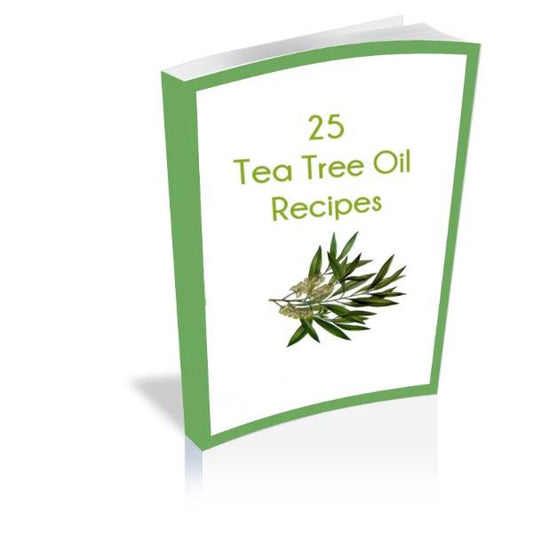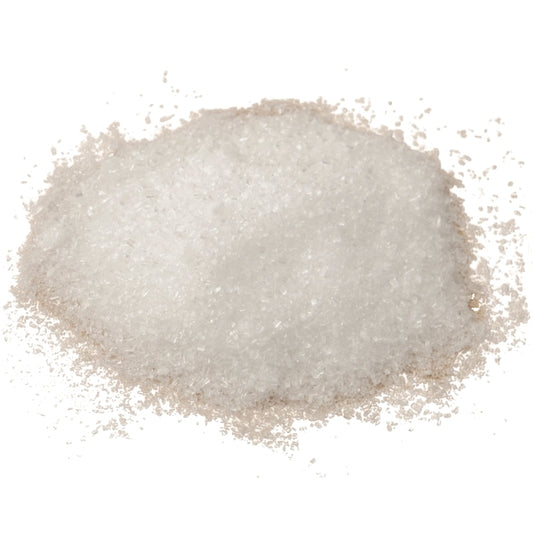
Fibromyalgia and Other General Pain Relief Essential Oils
Essentially NaturalFibromyalgia is "a chronic widespread pain disorder estimated to affect 2% to 5% of the US adult population and 0.5% to 5% of other Western populations…" (Arnold, L.M., Clauw, D.J., Dunegan, L.J., Turk, D.C. (2012). A Framework for Fibromyalgia Management for Primary Care Providers. Mayo Clinic Proceedings 87 (5), pp. 488-496.). There are many symptoms ranging from disorientation to insomnia, however, severe pain is the most common and debilitating.
Are there Pain Relief Essential Oils?
There are many theories as to the cause and the treatment of fibromyalgia, however, theories they remain. The good news is that there are topical essential oil based remedies that can bring pain relief and help lift the spirits of those who suffer from fibromyalgia.Wintergreen
The go-to essential oil for inflammation of bones, joints, and muscles and is used to topically treat arthritis, tendonitis, rheumatism, gout, neuralgia, lumbago and fibromyalgia. Wintergreen has a chemical makeup akin to aspirin - being largely made up of methyl salicylate.
A substance which inhibits the formation of prostaglandins, thereby reducing pain and inflammation.
Wintergreen should NOT be used by people who are allergic to aspirin and it should never be ingested. Use only in dilutions of 12% or less.
Ginger
Natural analgesic and antispasmodic which brings a soothing warmth to the affected area. While this oil is mainly associated with the treatment of nausea and colds, it has been used for centuries to treat muscular / skeletal pain.
Frankincense
One the most powerful essential oils and yet one of the most underrated. Well known biblically as one of the gifts given to Christ at his birth, frankincense was valued above gold because of its ability to treat almost any illness.
Scientists at Cardiff University have been studying the potential benefits of Frankincense to help relieve joint pain and the symptoms of arthritis. It inhibits the production of key inflammatory molecules thus inhibiting the breakdown of cartilage tissue. It reduces inflammation and improves immune functions.
Camphor
A natural analgesic and it is an anti-inflammatory. It relieves similar issues as Wintergreen and pains, sprains, and bruises.
Peppermint
Peppermint has cooling and soothing effects and specifically reduces inflammation to damaged tissue. It improves circulation and blood flow to the skin, so it not only feels cooling, it actually does reduce the body's temperature. It also soothes the nerves and helps alleviate nausea.
German and Roman Chamomile
Chamomile has anti-inflammatory and analgesic properties.
German Chamomile reduces swelling by slowing the production of chemicals such as prostaglandins, leukotrienes, and histamines.
Used in ancient Rome for its medicinal properties, chamomile has been used as an antispasmodic and sedative in treatment of digestive and rheumatic disorders. Chamomile is an antioxidant and may relieve arthritis, rheumatism, fibromyalgia and congestion.
People using warfarin or cyclosporine should AVOID Chamomile.
Helichrysum
An anti-inflammatory so powerful that it may reduce inflammation in the meninges of the brain. It cleanses the blood, which improves circulatory functions.
It helps with muscle aches and pains, respiratory problems and the digestive system. It is often used to alleviate sciatica, bruises, tendonitis, fibromyalgia and tissue pain and repair
Marjoram
Known for reducing anxiety and helping people to cope better. It is also useful for muscular aches and pains. Given the pain, stress and depression associated with fibromyalgia, this is a useful essential oil to add to any massage blend or rub.











